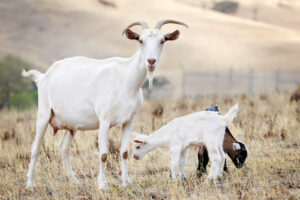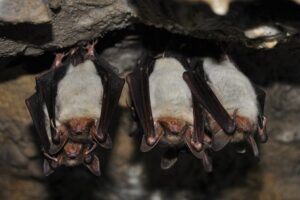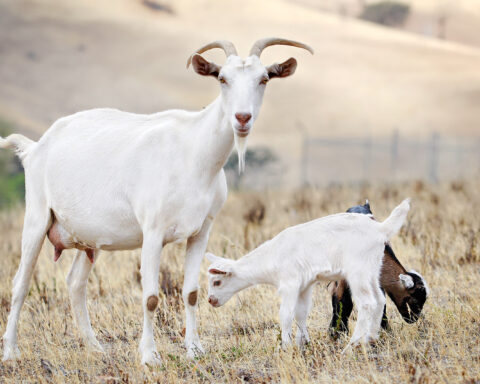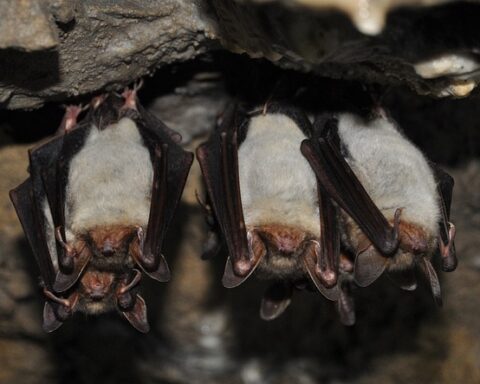Dogs are one of the most popular pets in the world for a reason. They are loyal and friendly and make great companions. But many people don’t know that dogs have psychology all their own. To better understand your dog, it’s important to learn about canine behavior and how it can be interpreted. In this blog post, we will discuss tips on understanding your dog’s psychology better. Let’s get started.
Establish Yourself From the Beginning
Dogs are pack animals by nature. In the wild, they live in packs led by a dominant male. When you first bring your dog home, it’s important to establish yourself as the alpha or leader of the pack. This doesn’t mean being aggressive or mean to your dog. Instead, be assertive and make sure your dog knows you are in charge. This will help establish a healthy relationship between you and your dog and prevent behavioral problems.
There are various ways you can establish yourself as the pack leader. For example, you can get them to wear a collar and leash immediately or get them a potty to use inside. As highlighted by the team behind Dog Gear Wise, there are several dog gear you can use to train your dog. Ensure to find the best one that will work for your dog.

Be Consistent With Your Training
Dogs thrive on consistency and routine. When training your dog, it’s important to be consistent with the commands you use and the rewards you give. This will help your dogs understand what is expected of them, making them more likely to behave accordingly.
It’s also important to be consistent with the rules you set for your dog. If you allow the dog to sleep on the couch one day but not the next, they will become confused and frustrated. Dogs are much happier when they know what is expected and can stick to a routine.
Understand Their Body Language
Dogs communicate mostly through body language and not words, as humans do. It’s important to learn to read your dog’s body language so you can better understand what they are trying to say. For example, a wagging tail does not always mean they are happy. A dog may also wag their tail when they are nervous or feeling threatened.
Other common dog body language cues include yawning, licking their lips, and averting their gaze. By understanding these cues, you can better interpret what your dog is trying to say. This will help you respond accordingly, preventing misunderstandings.
Reward Your Dog
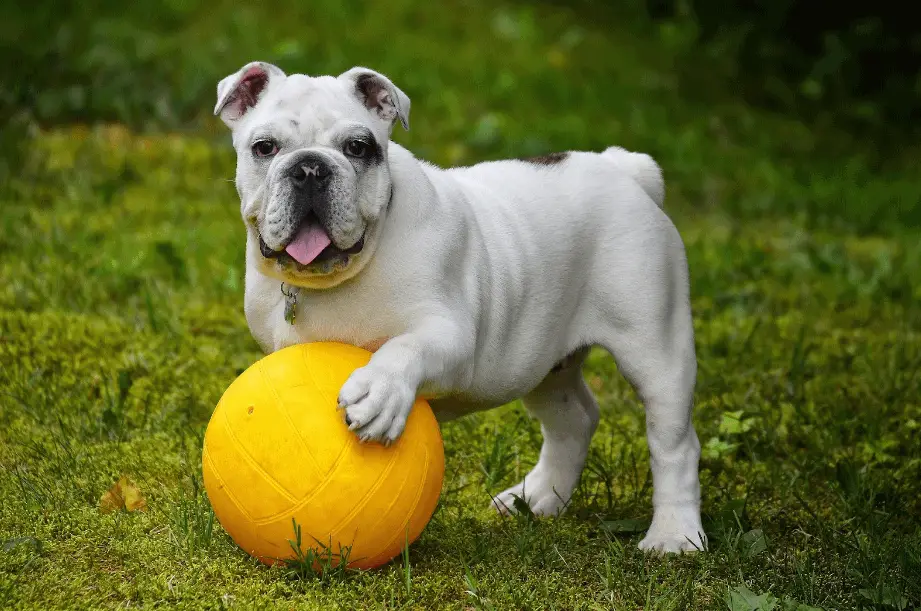
One of the best ways to encourage good behavior in your dog is to reward them when they do something you like. This could be with a treat, a toy, or simply some attention and affection. Dogs love positive reinforcement and will work hard to please you if they know they will be rewarded.
On the other hand, punishing your dog is not an effective way to train them. This will only make them fear you and could lead to behavioral problems. Stick to positive reinforcement to get the best results from your dog.
These are just a few tips to help you better understand your dog’s psychology. By learning about canine behavior and taking the time to interpret your dog’s body language, you can establish a strong bond with your furry friend. So take some time to get to know your dog and enjoy all the benefits that come with it.

